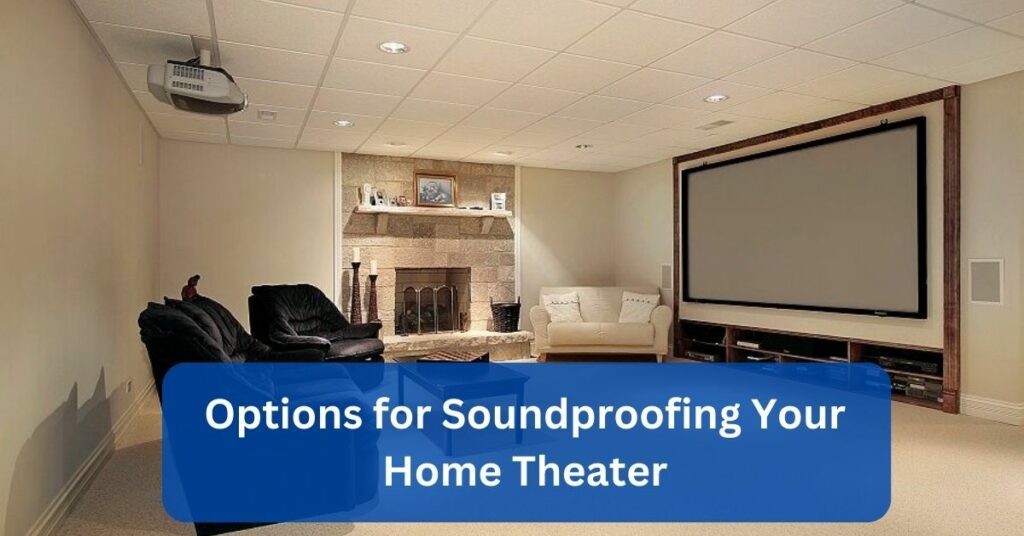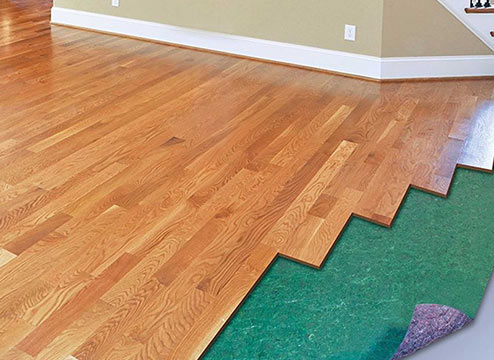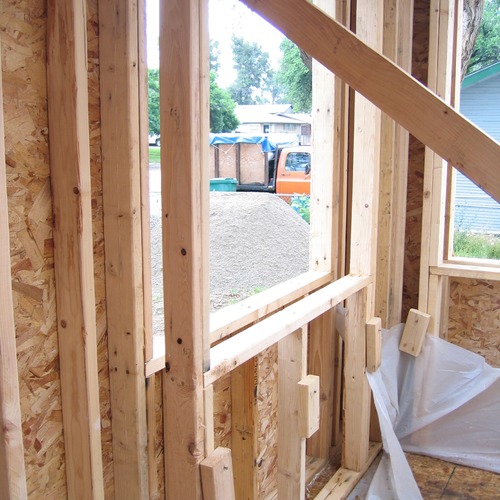Options for Soundproofing Your Home Theater

Some soundproofing approaches for your home theater include decoupling, sound absorption, and damping. A sound mat may use absorption to arrest vibrations causing noise, leading to high-end audio functioning.
Using soundproofing elements like a mat and floor underlayment can enhance the quality of your home theater. Here are the options for effectively soundproofing your home theater:
Floor Mats
A sound mat can arrest impact sounds or vibrations that cause airborne noise. You can soundproof your home theater by using sound mats that address vibrations from appliances causing the noise.
Consider installing these mats beneath the home theater or inside the theater to eliminate vibrations that lower the sound quality.
The sound mats offer acoustic absorption when you apply them on surfaces inside a room. Acoustic absorption can help lower unwanted background noises and bolster the quality of the audio performance. Soundproof mats offer an effective solution for noises coming from outside your home theater.
Floor Underlayment

A soundproof floor underlay can soundproof your home theater because the underlayment can lower sound transmission in your premises. This material prevents sound transmission through floors and hardwood surfaces.
You may opt for felt underlayment, one of the types of soundproof floor underlayment, if you have hardwood or laminate floors.
The floor underlayment comprises fibers that go through compression and heating to become the dense absorbent materials that impede sound transmission outside your room.
Wall Insulation
Heavier walls can make it hard for sound to travel through your walls. You can add mass to the walls to lower vibrations and reduce sound transmission. Adding more insulation materials to drywall can help soundproof your home theater. Consider a thicker drywall sheet for more efficient soundproofing that blocks noise transmission from outside and the home theater.
Decoupled Walls
Consider decoupling your walls to sever the connection between surfaces and create an air cavity. Air cavities can cause sound to lose significant energy. Create a space between the walls surrounding your home theater to block or lower sound transmission. The cavity you create by separating the walls blocks most of the sound. Consider making cavities with light insulation to make sound transmission more difficult.
Sound Damping
A damping compound can help you soundproof your home theater by lowering the sound frequencies. You can implement sound dampening in your home by hanging acoustic panels on the walls, or simply using furniture and decor like bookshelves or curtains. Damping decreases rattling sounds that can hamper the sound quality of your home theater. You can combine damping and decoupling for more efficient soundproofing outcomes for your home theater.
Double Stud Walls

Double stud walls use cavities to block or lower the transmission of sound. When putting up double stud walls, the studs are linked to a common base. The double stud walls can be easier to implement than decoupled walls, where a room or space is created to form the cavity-blocking sound transmission. While double stud walls offer soundproofing benefits, they also provide superior insulation for heat during the winter. Consult an expert to determine if a double stud wall is a worthwhile addition to your home theater renovations.
Use Sound Mats and Other Tools for Soundproofing
You can use soundproof floor mats and underlayment to soundproof your home theater for high-end audio. You may decouple walls to form an air cavity that hampers sound transmission. Applying a sound-damping compound can help lower sound frequencies, causing airborne noise. Combining all of these various options can lower or eliminate vibrations and unwanted sound transmission. Use soundproofing techniques such as sound mats today to eradicate airborne noise and increase the sound quality of your home theater.
Read more:



